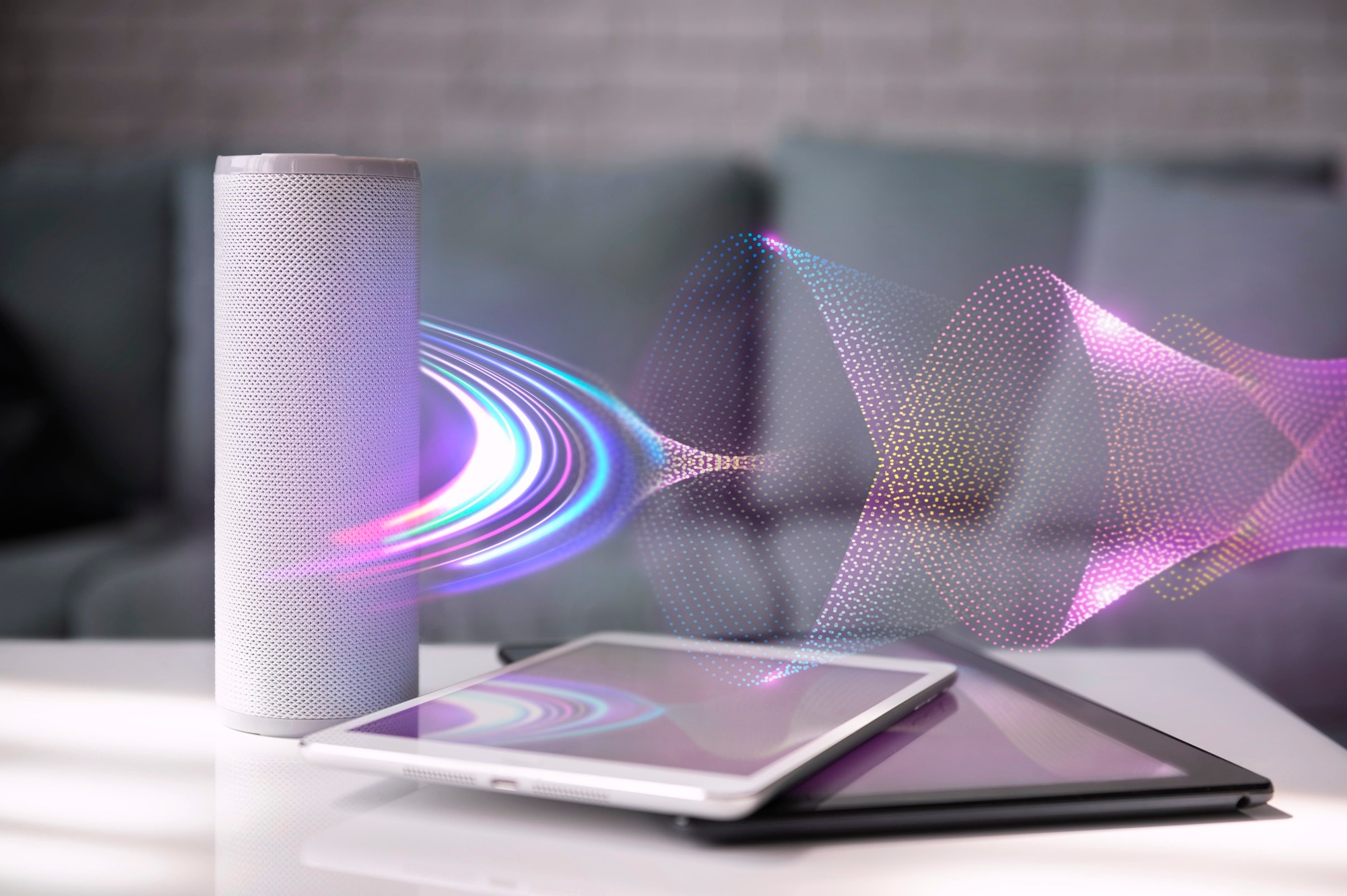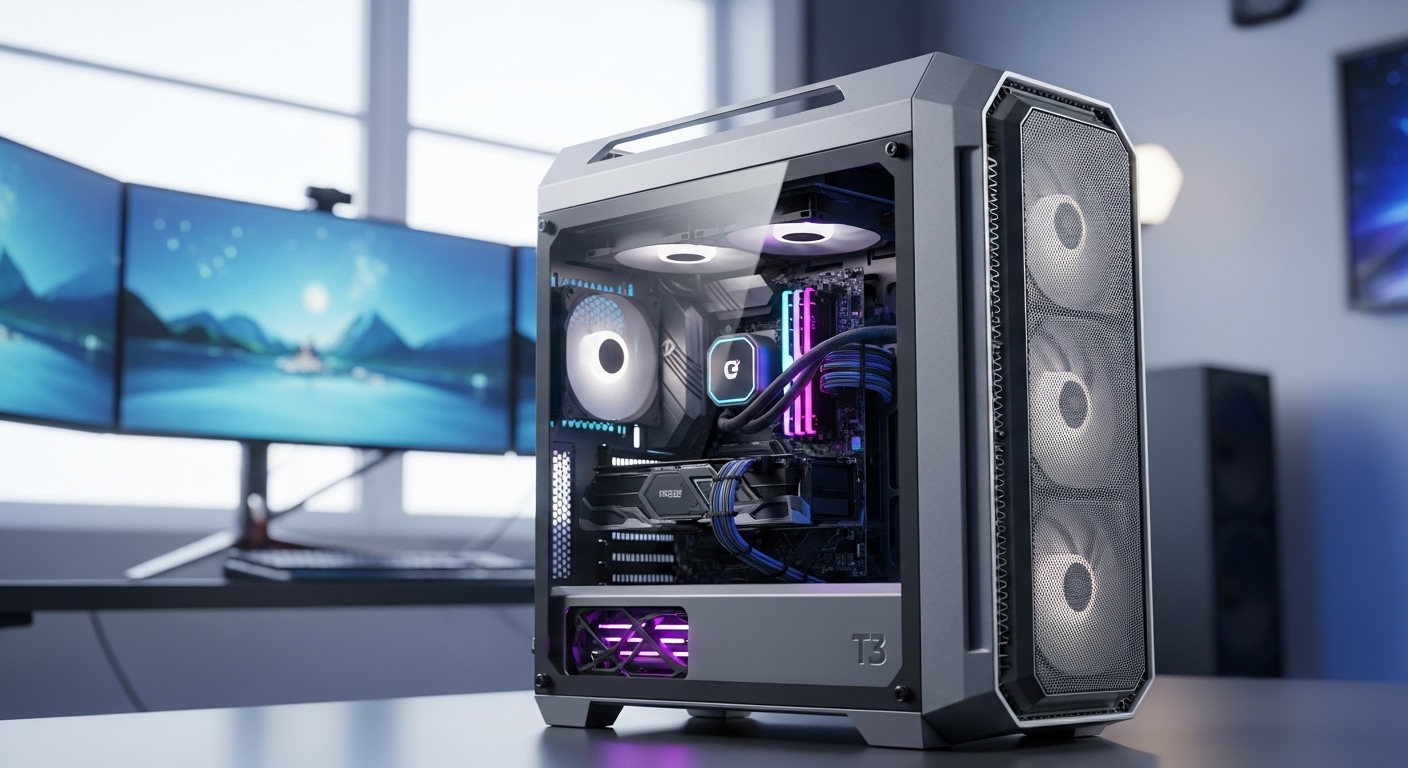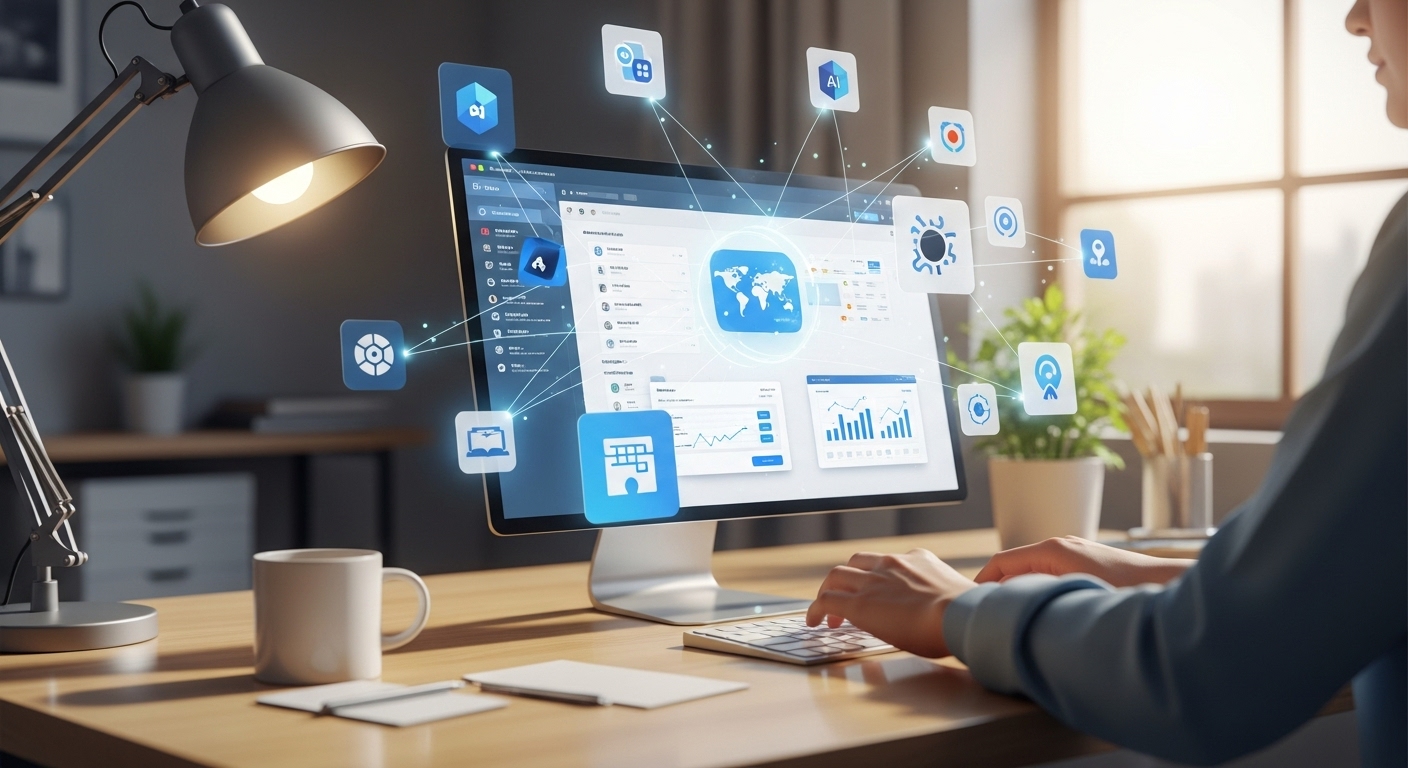Introduction
NoiseCloud is a word that could be described as futuristic. Yet, it can also tell a combination of ideas that redefine our way of experiencing sound, handling information, and creating interconnected structures. Formed as a metaphor for the noise of modern digital life or a literal complex of cloud-based sound processing, NoiseCloud is a technology, society, and culture standing on the borderline. This paper will examine NoiseCloud’s prospects, history, possible uses, and issues.
What is NoiseCloud?
NoiseCloud can be defined in multiple overlapping ways:
- As Technology: A cloud-based platform that collects, processes, and distributes sound or “noise” data.
- As a Metaphor, it symbolizes how the noise of the Internet, media, and information systems fragments human attention.
- As Ecosystem: A possible new industry blending audio engineering, big data analytics, and artificial intelligence.
NoiseCloud is beautiful because of its flexibility. Similarly to the cloud concept, it is amorphous, moving, and scalable—it can have various meanings depending on the situation.
The Rise of Noise in the Digital Era
Noise in the 21st century is not just about unwanted sounds. It includes:
- Acoustic Noise: The hum of machines, urban traffic, and industrial sounds.
- Informational Noise: Spam, endless notifications, and algorithmic clutter.
- Cognitive Noise: Overstimulation from multitasking and constant digital immersion.
NoiseCloud seeks to harness, organize, and transform this noise into usable data or meaningful experiences.
Cloud Computing Meets Sound
Cloud computing allows vast amounts of data to be stored and processed remotely. When applied to sound and noise:
- Audio Surveillance: Cities can monitor noise levels to enforce regulations.
- Healthcare: Cloud-based hearing aids could adapt to environments in real time.
- Entertainment: Musicians might collaborate through NoiseCloud platforms that process multi-track audio live.
NoiseCloud represents the next step in merging acoustic data with AI-powered insights.
Applications of NoiseCloud
1. Urban Planning
Cities have problems with noise pollution. NoiseCloud can potentially connect to the IoT sensors on the street to produce real-time noise maps. This information may inform zoning regulations, enhance community spaces, and even reform traffic systems.
2. Healthcare and Wellness
- Noise-induced stress contributes to heart disease, insomnia, and anxiety.
- With NoiseCloud, personalized sound environments can be streamed — masking harmful noise while delivering calming frequencies.
3. Business and Productivity
NoiseCloud could provide companies with adaptive office soundscapes, balancing concentration with collaborative energy.
4. Creative Industries
Producers of music, podcasts, and movies could easily store, manipulate, and edit large audio files in any part of the world.
The Philosophy of NoiseCloud
At a deeper level, NoiseCloud reflects the modern struggle with signal vs. noise. In Claude Shannon’s theory of information, noise is what disrupts clarity. But what if noise itself could become a signal? NoiseCloud challenges us to rethink:
- Is noise always “bad”?
- Can randomness be harnessed as creativity?
- And what is it like to live in a world where all sounds are captured, preserved, and reused?
Potential Benefits
- Efficiency: Turning chaotic sound into structured data.
- Accessibility: Helping people with hearing impairments or sensory sensitivities.
- Innovation: Enabling new forms of music, storytelling, and immersive media.
- Environmental Impact: Reducing harmful noise pollution in cities.
Risks and Ethical Questions
1. Surveillance
A NoiseCloud system recording every sound in public spaces raises privacy concerns. Who owns the data? Who controls access?
2. Digital Overload
If NoiseCloud adds layers of sound to already noisy environments, will it exacerbate cognitive fatigue?
3. Bias in AI Processing
Algorithms trained on specific sound datasets may misinterpret or ignore others, potentially marginalizing communities.
Comparative Models: NoiseCloud vs. Traditional Systems
- Traditional Audio Processing: Local, limited, device-based.
- NoiseCloud: Distributed, scalable, intelligent, adaptive.
Essentially, NoiseCloud alters the static and isolated sound governance into dynamic and global sound ecosystems.
Future Directions of NoiseCloud
Integration with Smart Cities
NoiseCloud will likely be connected to a 5 G network, IoT equipment, and urban infrastructure, and respond to sound in real time.
AI-Driven Soundscapes
Future systems can anticipate and react to noise instead of passively cancelling noise.
Virtual Reality and Metaverse
NoiseCloud can potentially recreate hyper-realistic soundscapes in immersive environments, recreating anything from full-of-life cities to forests.
A Cultural Perspective: Noise as Art
Since ancient times, noise as music has been employed by avant-garde artists (e.g., Art of Noises (1913) by Luigi Russolo). NoiseCloud might revive this ethos — turning raw urban sounds into symphonies or remixing global noise streams into cultural expression.
Case Study: Hypothetical NoiseCloud Implementation
Imagine New York City adopts NoiseCloud:
- IoT microphones measure sound at every intersection.
- Data flows into a central cloud, where AI detects patterns.
- Officials adjust traffic signals or reroute flows to reduce decibels.
- Citizens access an app to see “quiet zones” in real time.
Such a system would revolutionize urban sound management.
Critiques of NoiseCloud
- Overreliance on Tech: Humans may lose resilience to natural noise.
- Economic Barriers: Will developing nations be excluded from NoiseCloud benefits?
- Philosophical Critique: Should all noise be tamed, or is unpredictability essential to life?
Conclusion: The Promise and Paradox of NoiseCloud
NoiseCloud is both visionary and problematic. It provides means to control anarchy, release imagination, and enhance health, but it may only increase surveillance and overengineering.
The future of NoiseCloud will be based on balance: to use the power of sound without destroying the wild, messy, and human elements of noise itself.




